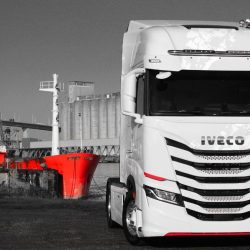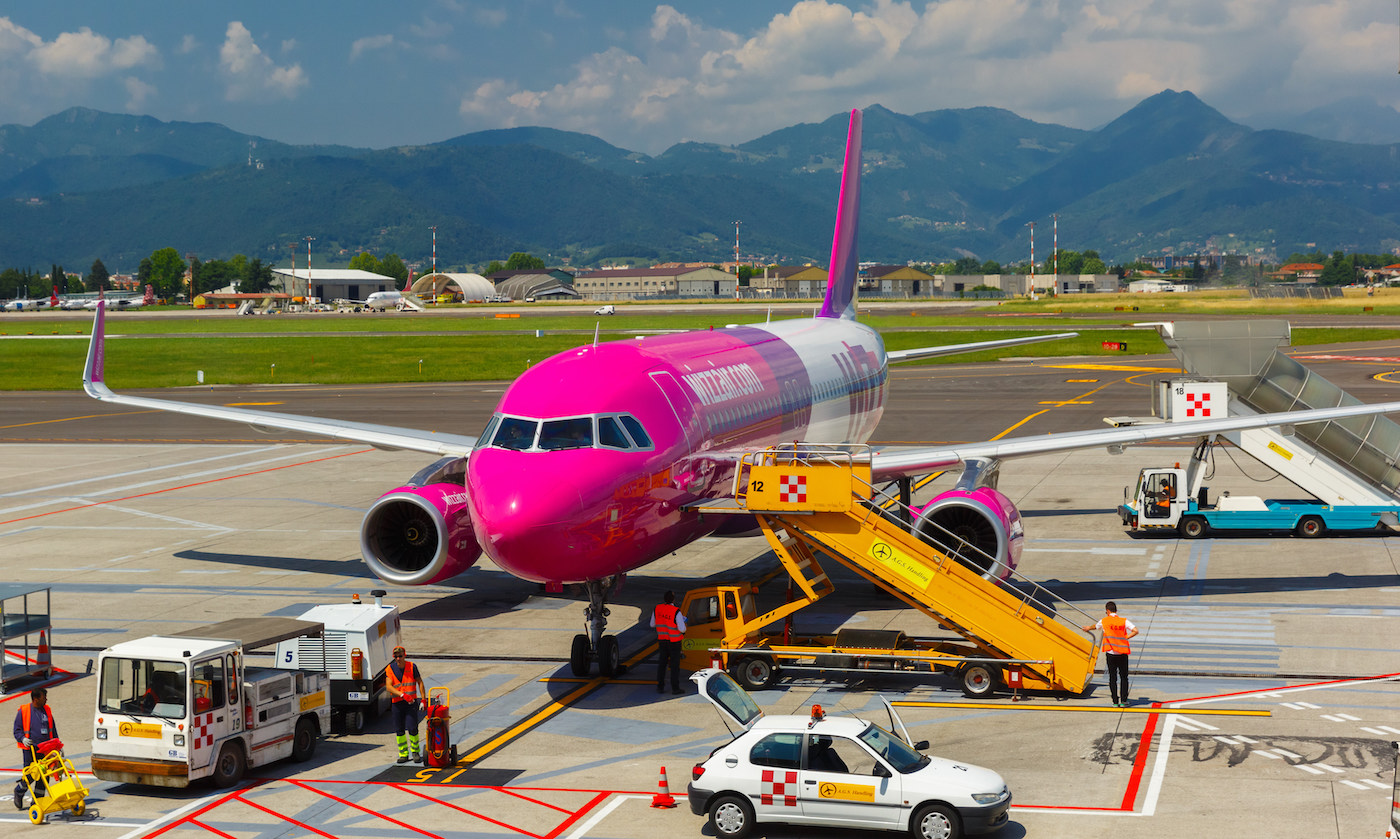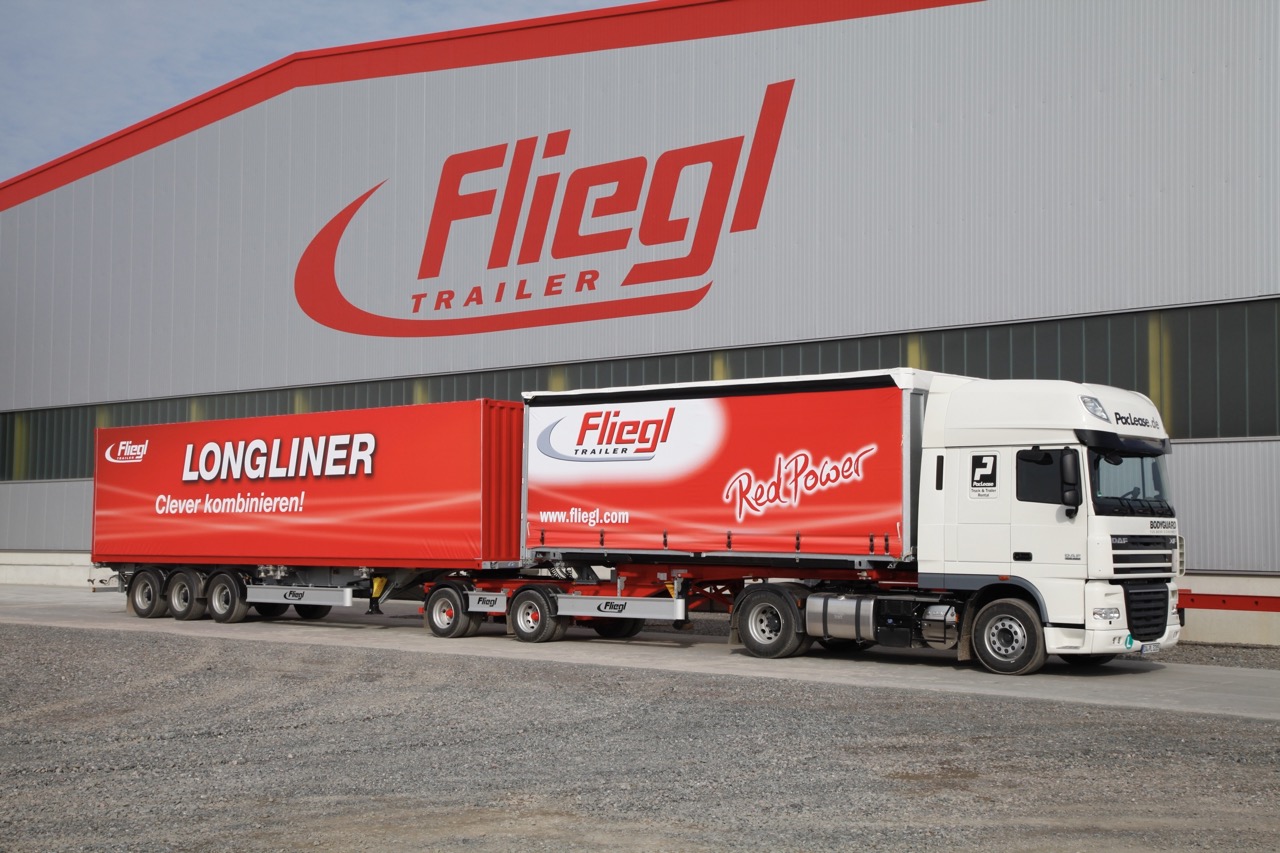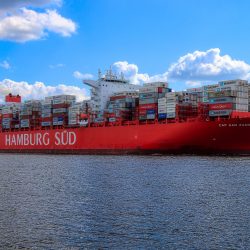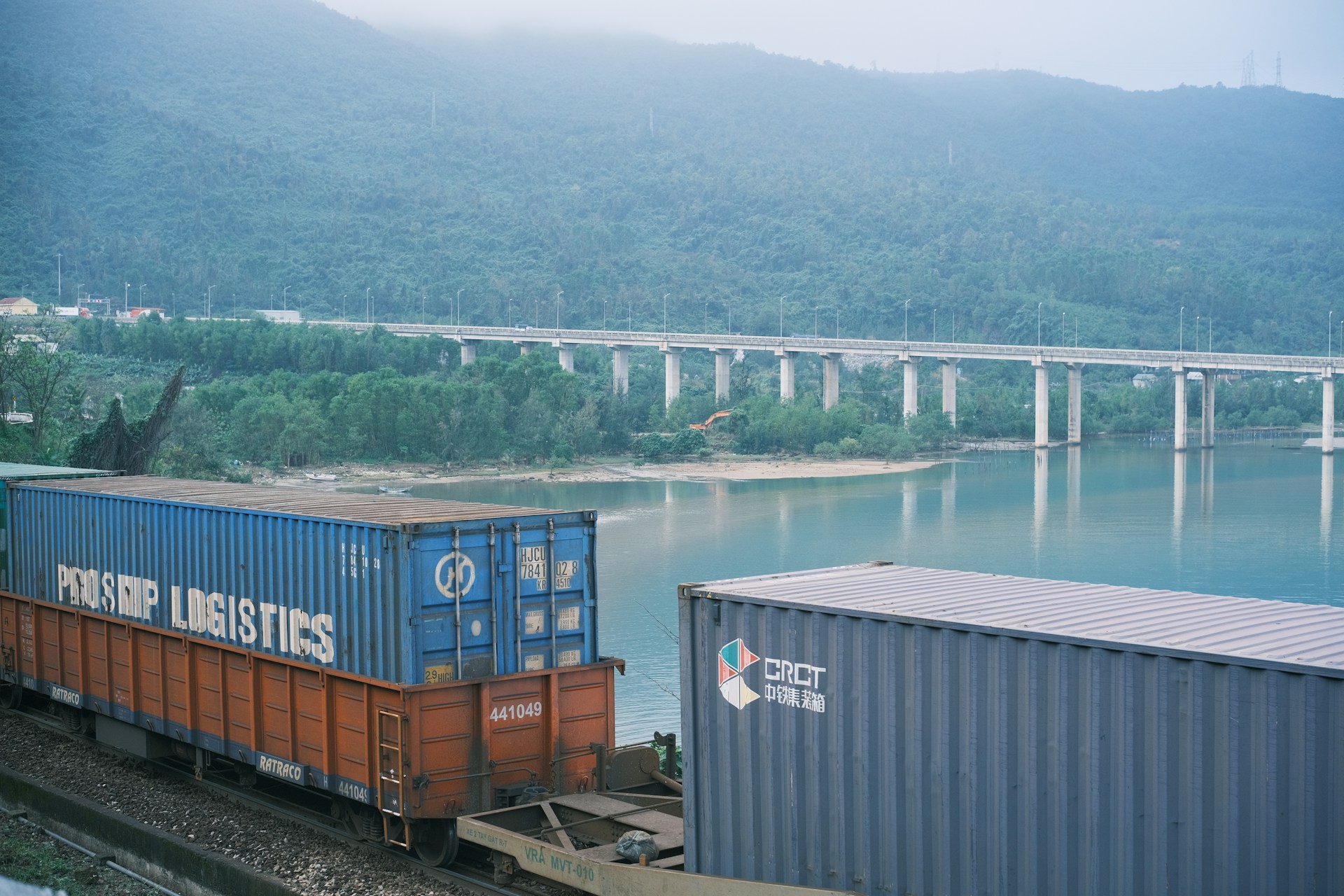Sea logistics is developing steadily amid global challenges
Kuehne+Nagel presented its financial results for the first quarter of 2025. The company focused on air and sea logistics. The company increased its market share in both segments, supporting revenue growth. However, underlying profitability declined due to global factors.
Like other logistics companies, Kuehne+Nagel experienced high volatility in 2025. The situation worsened due to deteriorating currency conditions. Additionally, the industry experienced internal problems related to its specific activities. In June 2025, K+N presented its interim report with the following results:
- business turnover amounted to CHF 12.5 billion;
- annual growth reached 8%;
- gross profit increased by 4% to CHF 4.4 billion;
- EBIT decreased by more than 4% to CHF 744 million;
- earnings per share amounted to approximately CHF 4.5.
According to CEO Stefan Paul, these financial results demonstrate the company’s stability. Despite the challenging market situation and global uncertainty, the company continues to operate effectively.
Kuehne+Nagel considers maritime logistics a key area for maintaining stability and is working to increase its market share. The air logistics segment remains important as well. It is experiencing steady growth in demand.
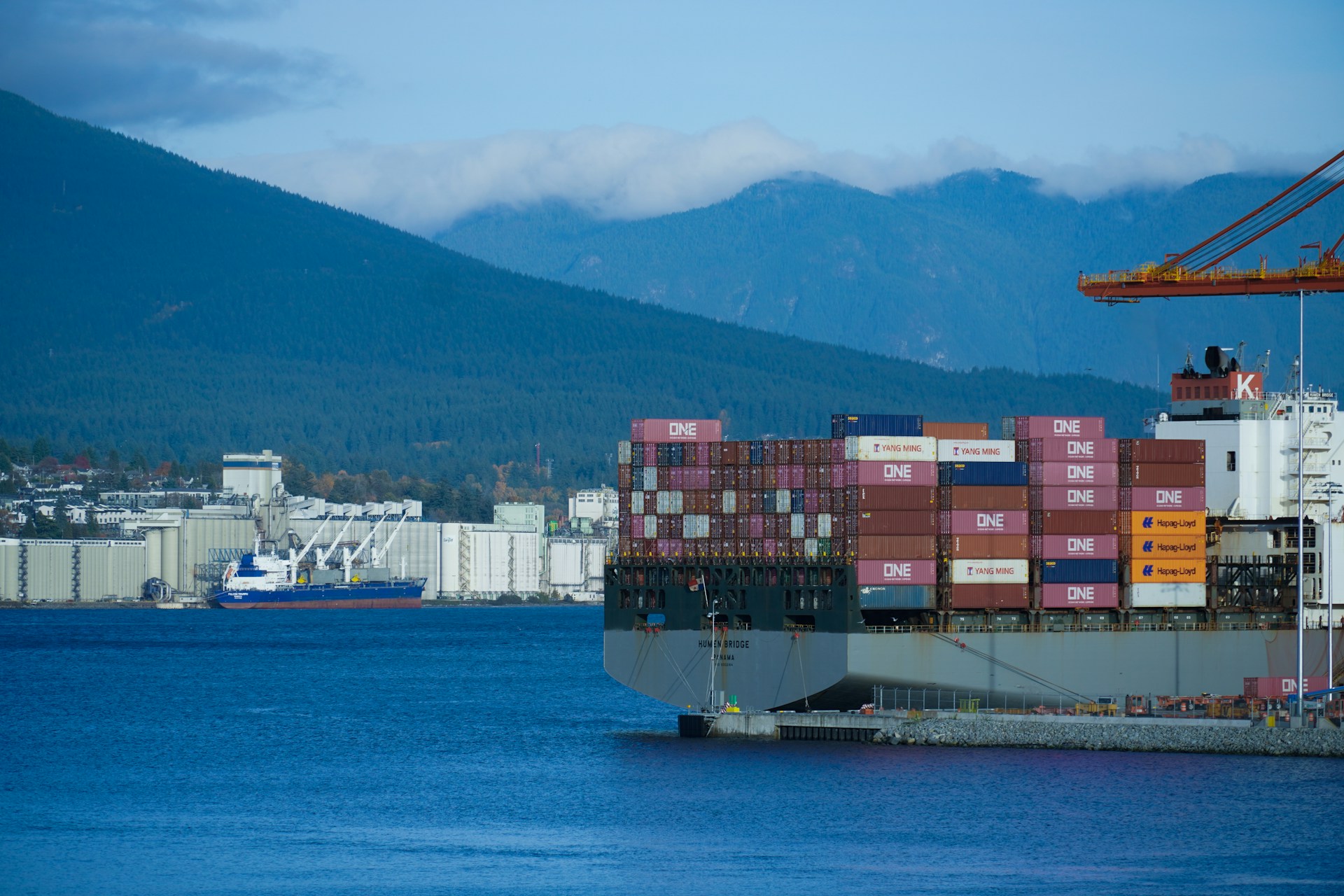
Overview of the maritime logistics sector
Sea freight has traditionally been the leading segment of Kuehne+Nagel’s portfolio. In the first two quarters of 2025, the segment increased its net turnover by 16%, reaching CHF 4.7 billion. Container freight volume grew by 2%. The most dynamic growth was observed on the popular Asia-Europe route.
Despite the segment’s good performance, profitability fell by 7% to CHF 368 million. The second quarter was unsuccessful, with a 21% decline. The conversion rate decreased by 31%. For the same period in 2024, this figure was 39%.
K+N attributes this decline to the complication of trade processes, particularly in the transatlantic region and North America. US tariff policy exerted significant pressure, causing uncertainty on key routes.
Dynamics in the air transport sector
The air logistics division increased its transport volumes by 7%. This amounted to CHF 230 million for the first six months of 2025. The strongest growth occurred in transporting semiconductors, cloud infrastructure equipment, and perishable goods.
The segment’s conversion rate was 26%, and its turnover grew to nearly CHF 3.7 billion. Demand for air transport continues to grow due to shorter delivery times and stable supply chains. Additional growth is being driven by a surge in orders from high-tech companies.



